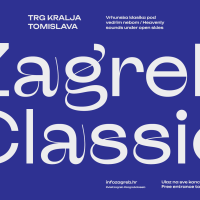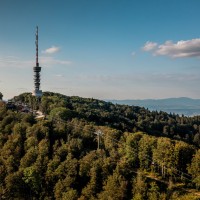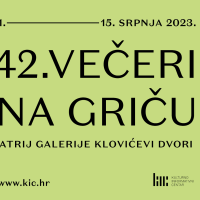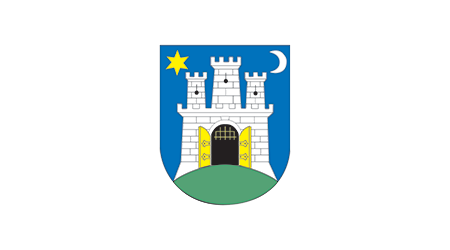Back to newsletter
Zagreb Celebrating: The City of Thousand Years and Dynamic Present
Zagreb is a city of a dynamic everyday life, but also of thousand-year history which is witnessed by a number of monuments, stories and legends. The Day of the City, which is traditionally celebrated on the last day of May, is linked to them.
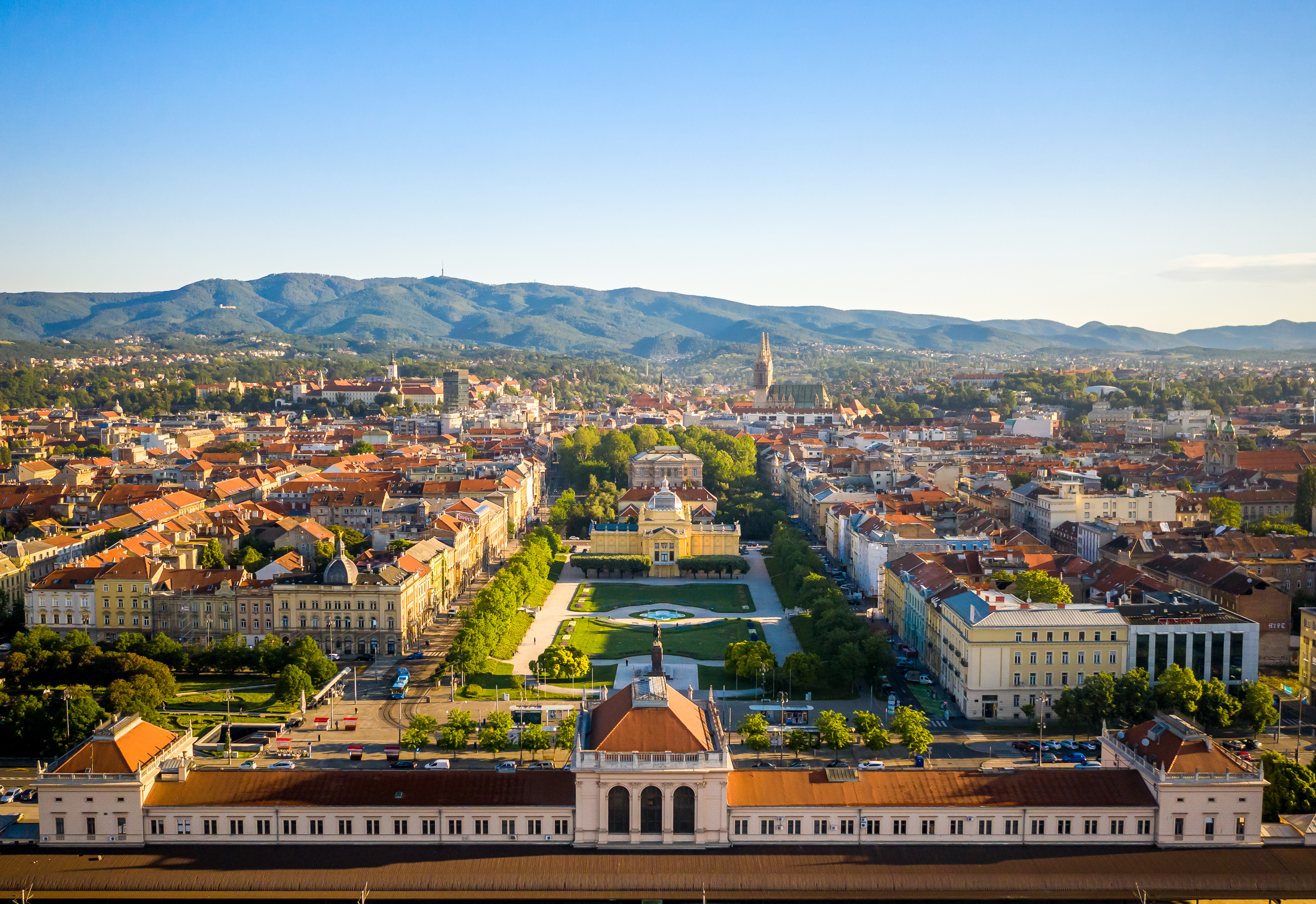 Tourists recognise Zagreb by its excellent atmosphere, interesting activities and possibilities. It is a city which is pleasant to live in, one of the greenest capitals in Europe, whose parks and recreational zones are a nice area to walk and exercise in, but also to hold concerts, festivals and other attractive events whose number is increasing year after year. In the 1960s, Zagreb spread and crossed the Sava River creating neighbourhoods which are pleasant to live in but also attractive due to business, cultural and recreational activities. The development of the city, a modern European capital and cultural centre, is a dynamic and never-ending process with a growing number of interesting projects.
Tourists recognise Zagreb by its excellent atmosphere, interesting activities and possibilities. It is a city which is pleasant to live in, one of the greenest capitals in Europe, whose parks and recreational zones are a nice area to walk and exercise in, but also to hold concerts, festivals and other attractive events whose number is increasing year after year. In the 1960s, Zagreb spread and crossed the Sava River creating neighbourhoods which are pleasant to live in but also attractive due to business, cultural and recreational activities. The development of the city, a modern European capital and cultural centre, is a dynamic and never-ending process with a growing number of interesting projects.
Its interesting past is ingrained in the everyday life of Zagreb, visible when walking in the Upper Town and Kaptol, which have been preserved to this day, when visiting museums or in the streets.
Let us remember some of the most important years from the rich history of Zagreb. The historical heart of the city was built in the Middle Ages on two hills, the secular Gradec, which is the Upper Town today, and the ecclesiastical Kaptol, the location of the cathedral, one of the most recognisable symbols of the city.
The first written documents about Zagreb date from 1094 when the Diocese of Zagreb was founded in Kaptol. The year 1242 is also crucial for the life of the city because this was the year when King Béla IV issued a charter declaring Gradec a free royal city.
The feast of Our Lady of the Stone Gate, who was named the patron saint of the city, is celebrated on 31 May, which is another important date for Zagreb. As of 2000, this date is marked as the Day of the City. The central event is a procession with candles and the painting of Our Lady of the Stone Gate which starts in front of the cathedral, moves across Ban Josip Jelačić Square and Radićeva Street to reach the Stone Gate and the votive chapel. It is an important site for believers, but also an attraction visited by tourists in every part of the year. In a major fire that occurred on 31 May 1731, the painting of the Mother of God, which stood above the city door at the time, was the only thing left intact at the site. In the same year it was placed on the baroque altar of the Stone Gate. Believers visit it regularly and pray in front of it for health and happiness as well as give thanks for prayers answered. This happened in the past and continues to this day.
Published: 10.05.2023
 Hrvatski
Hrvatski English
English Deutsch
Deutsch Spanish
Spanish French
French Italian
Italian Russian
Russian Korean
Korean Japanese
Japanese Chinese
Chinese Tourists recognise Zagreb by its excellent atmosphere, interesting activities and possibilities. It is a city which is pleasant to live in, one of the greenest capitals in Europe, whose parks and recreational zones are a nice area to walk and exercise in, but also to hold concerts, festivals and other attractive events whose number is increasing year after year. In the 1960s, Zagreb spread and crossed the Sava River creating neighbourhoods which are pleasant to live in but also attractive due to business, cultural and recreational activities. The development of the city, a modern European capital and cultural centre, is a dynamic and never-ending process with a growing number of interesting projects.
Tourists recognise Zagreb by its excellent atmosphere, interesting activities and possibilities. It is a city which is pleasant to live in, one of the greenest capitals in Europe, whose parks and recreational zones are a nice area to walk and exercise in, but also to hold concerts, festivals and other attractive events whose number is increasing year after year. In the 1960s, Zagreb spread and crossed the Sava River creating neighbourhoods which are pleasant to live in but also attractive due to business, cultural and recreational activities. The development of the city, a modern European capital and cultural centre, is a dynamic and never-ending process with a growing number of interesting projects.